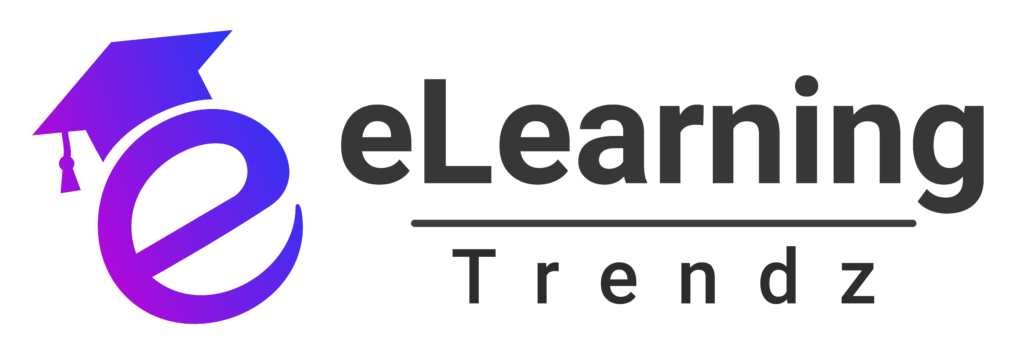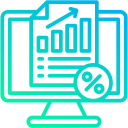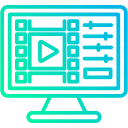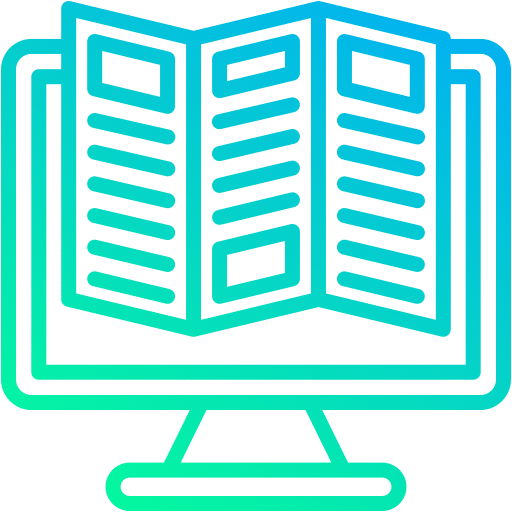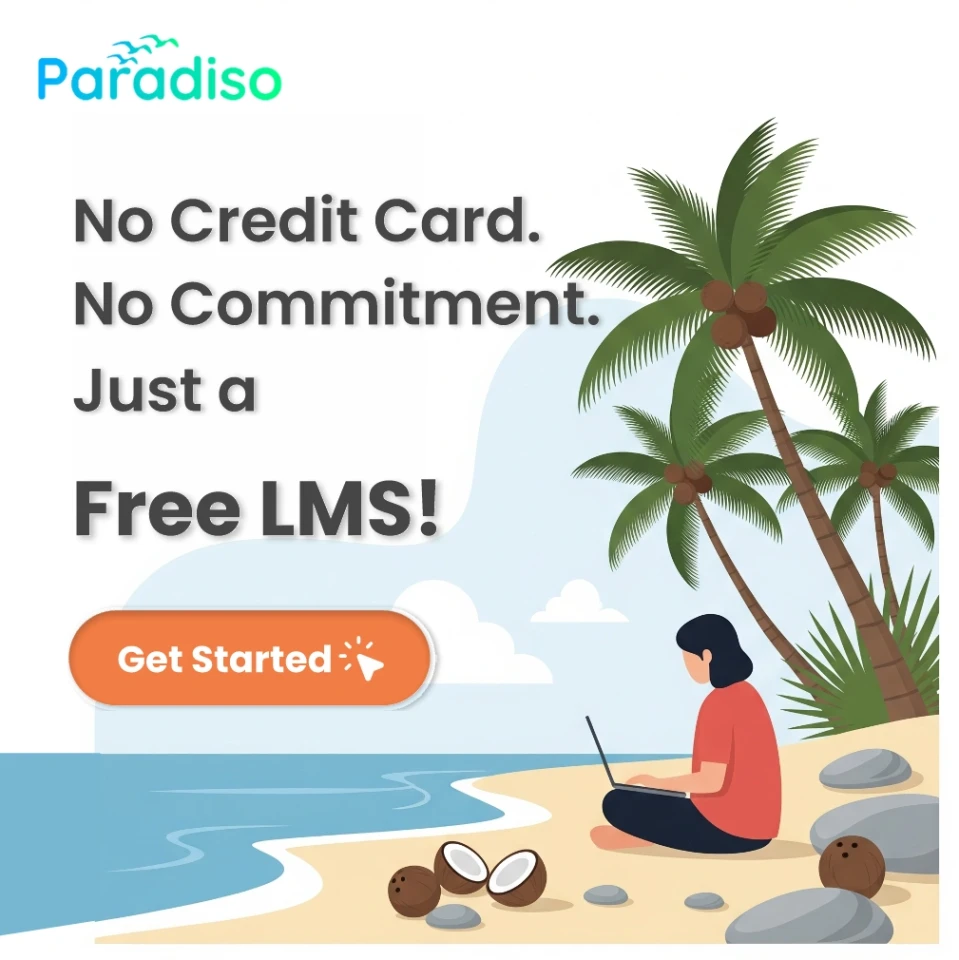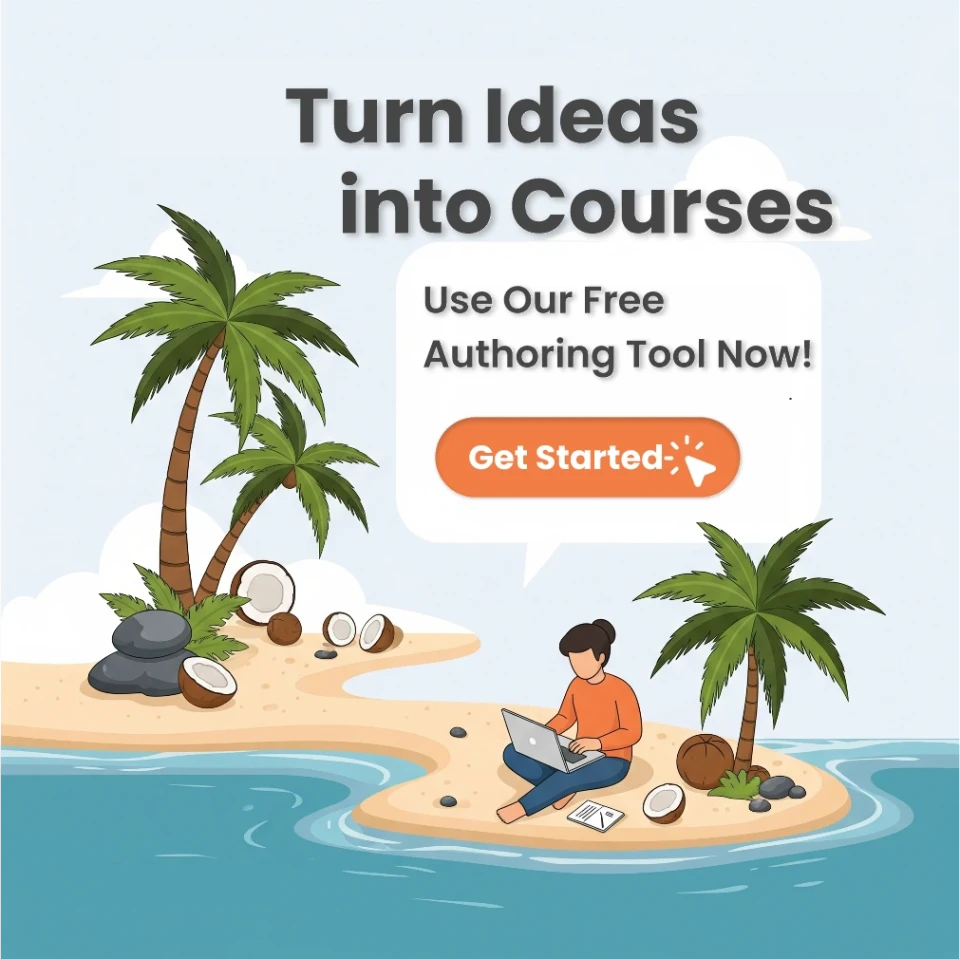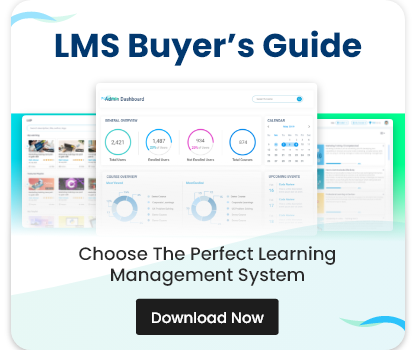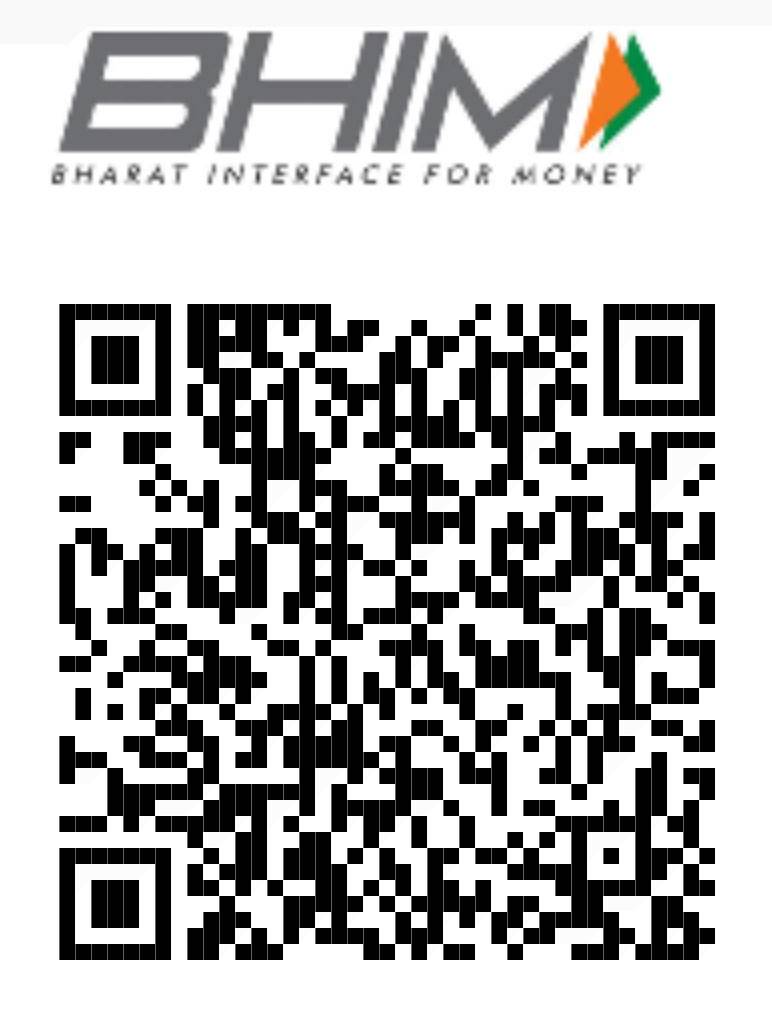The Growing Impact of Free eLearning Authoring Tools
The eLearning landscape is in the midst of a powerful shift, fueled by technological innovation and the growing demand for flexible, cost-efficient learning solutions. Free eLearning authoring tools have become indispensable for democratizing digital education, enabling trainers and educators to create engaging, interactive courses without the burden of expensive licensing costs. As online learning evolves, these tools are unlocking creativity, customization, and inclusivity across the learning ecosystem.
The adoption of such tools is climbing rapidly. The global eLearning market, valued at $259.21 billion in 2024, is set to exceed $844 billion by 2033—driven by the push for accessible, high-quality educational experiences. This sharp growth supports global goals of lifelong learning and equal digital access while encouraging open, collaborative content creation among educators worldwide.
In the coming years, free eLearning authoring tools are expected to become even more sophisticated—powered by advances in automation, artificial intelligence (AI), and immersive gamified environments. Together, these innovations will continue to make digital learning more impactful and inclusive.
Key Trends Influencing the Future of Free eLearning Authoring Tools
AI Integration
Artificial Intelligence has moved from being a buzzword to a core component of content creation workflows. Through AI, course designers can now generate complete course outlines from a single prompt, produce natural-sounding voiceovers, and even create personalized video content featuring AI avatars.
CogniSpark AI, a free eLearning authoring tool, represents this future vision perfectly. Its one-click AI Course Generator automatically builds entire course structures from a single topic. Additionally, features like its AI Video Generator and AI Tutor enable learners to receive round-the-clock assistance and engagement.
Accessibility Improvements
Modern authoring tools increasingly comply with accessibility standards such as WCAG, making course content user-friendly for learners with diverse abilities.
Platform Compatibility
Interoperability has become a defining priority. Standards like SCORM, xAPI, and LTI ensure that content can seamlessly integrate with any Learning Management System (LMS), delivering unified and trackable learning experiences.
Mobile-First Design
With more than 54% of eLearning consumers accessing content via mobile devices, mobile responsiveness has become essential. The newest generation of free tools is designed to create intuitive, touch-friendly learning environments accessible anytime, anywhere.
Community-Driven Open Source
Open-source innovation continues to drive progress in the eLearning ecosystem. Community-led collaboration accelerates feature development, enhances security, and ensures tools remain adaptive to changing educational needs. Popular contributors like H5P and Adapt Learning owe much of their advancement to global developer participation.
CogniSpark AI, another free eLearning authoring tool, aligns with these principles while integrating AI capabilities. Its open, community-centered approach ensures consistent improvements and widespread accessibility for content creators.
Challenges and Opportunities for Developers and Educators
Challenges
Feature Limitations: Free tools often lack the advanced features needed for complex scenarios, such as extensive analytics or high-level customization.
Security Concerns: Some open tools may not include stringent security layers, necessitating careful attention to privacy and compliance.
Sustainability: Dependence on community development may affect long-term reliability, requiring continuous oversight and maintenance.
Opportunities
Collaborative Innovation: Open-source communities can innovate rapidly, addressing gaps and launching new features without long corporate cycles.
Emerging Technology Integration: Educators can leverage AI, gamification, and immersive media to enrich engagement and learning outcomes.
Flexible Models: Blending free tools with premium solutions creates a hybrid approach that balances affordability and advanced functionality.
How Institutions and Trainers Can Leverage Free Tools
Institutions and instructors can design interactive content, assessments, and video-based lessons tailored to learner needs using free eLearning tools. Reports indicate a steady rise in the adoption of tools like CogniSpark AI, H5P, Adapt Learning, and similar open-access platforms for building multimedia-rich courses without large budgets.
To maximize value, educators should focus on:
Functionality: Ensure support for multimedia, gamification, and responsive formats.
Usability: Choose easy-to-learn tools accessible across varying skill levels.
Compatibility: Look for export options like SCORM and xAPI for better LMS integration.
Community Support: Engage actively with online forums and user groups to exchange resources and best practices.
Maximizing Customization and Integration
Educators can enhance engagement by customizing templates, embedding branded design elements, and incorporating quizzes, videos, or gamified components. When seamlessly integrated into the LMS, these activities create cohesive learning journeys and enable accurate performance tracking through built-in analytics.
Tips for Effective Implementation
Begin with small pilot projects to validate tool performance.
Provide hands-on training sessions for instructors.
Gather regular learner feedback to refine usability and engagement.
Stay updated through webinars and peer forums.
Prioritize inclusivity by designing with accessibility in mind.
Organizations exploring rapid course development should consider rapid eLearning authoring tools that streamline workflows without compromising quality.
Conclusion
The future of free eLearning authoring tools is redefining how educational content is built and delivered. As AI, accessibility, and integration technologies advance, these tools will empower a new generation of trainers and institutions to create dynamic, inclusive learning without major financial barriers.
By aligning with the right platforms, committing to accessibility, and leveraging collaborative communities, educators can produce lasting, high-quality learning experiences that foster progress and innovation worldwide.
